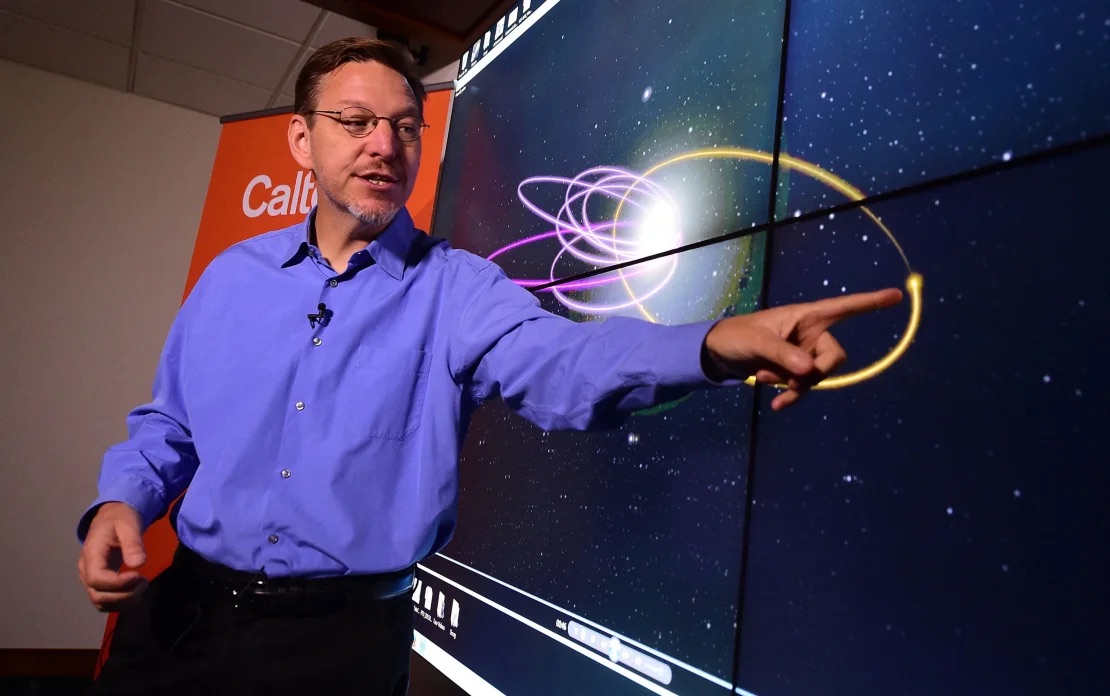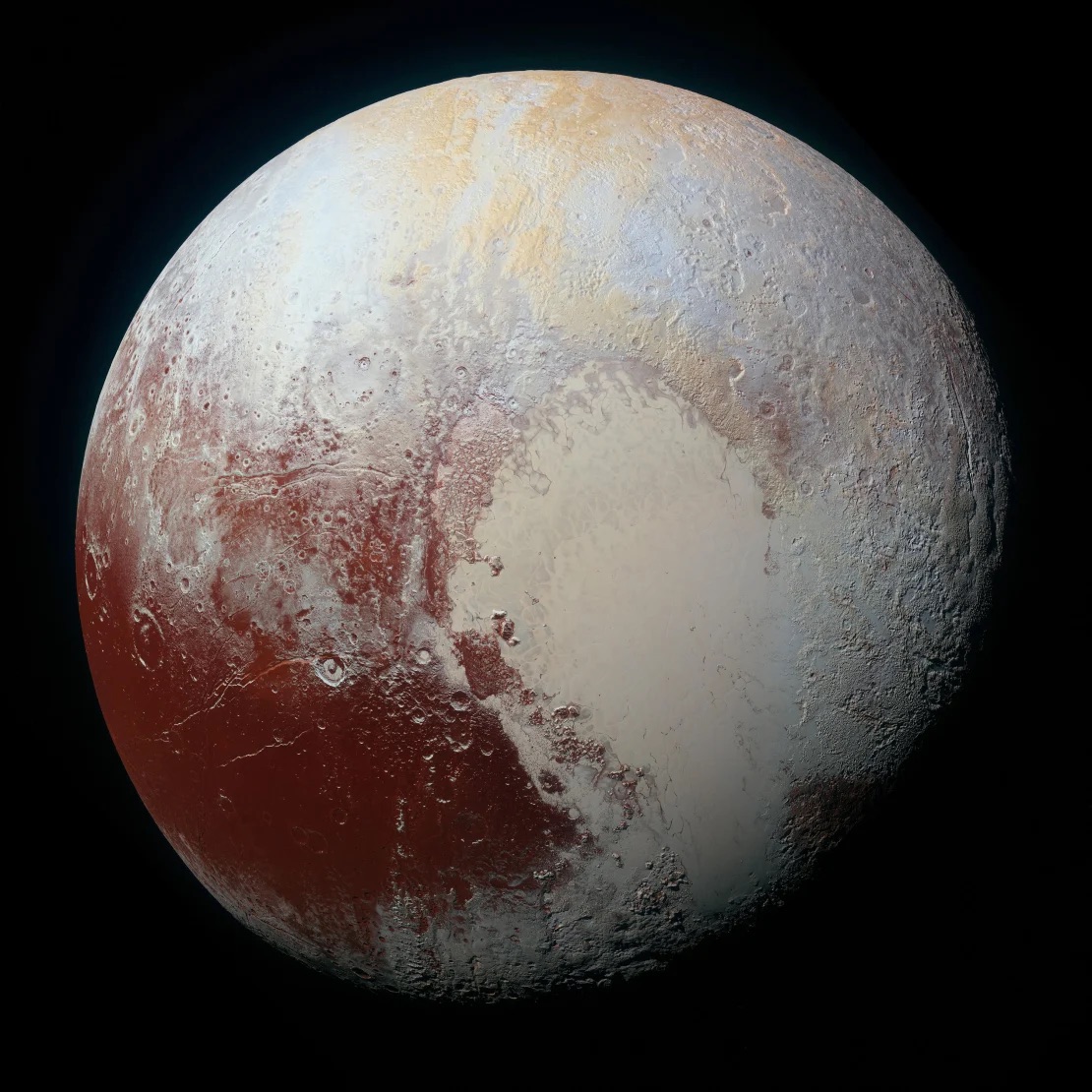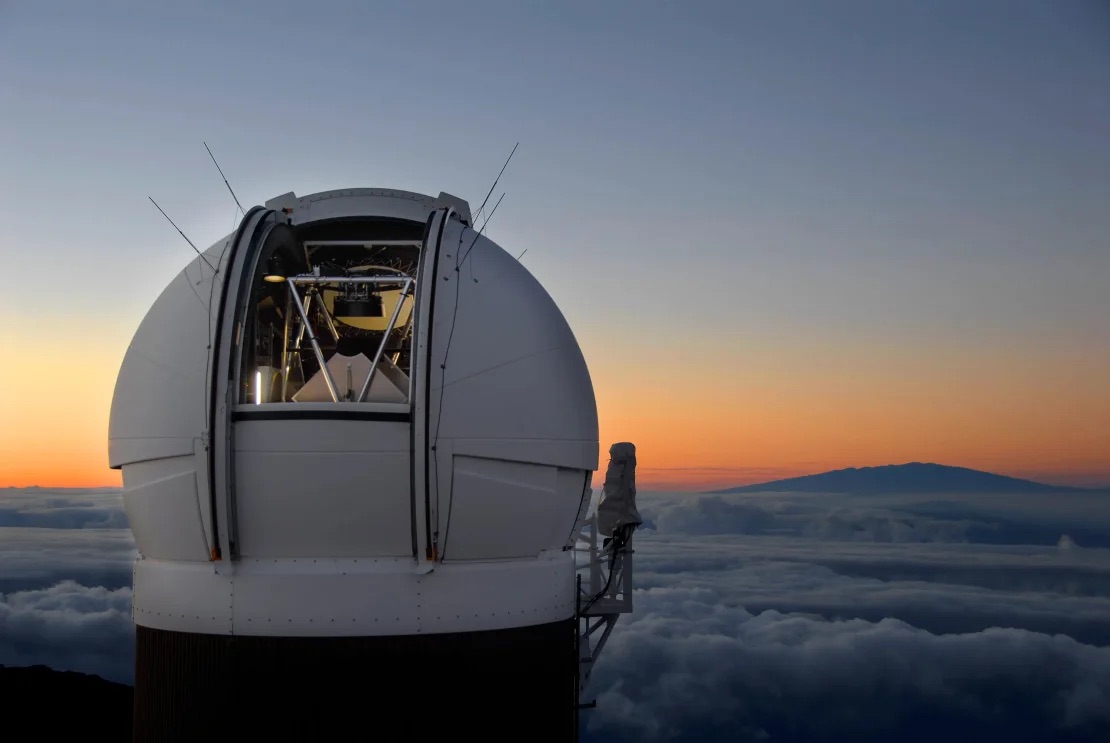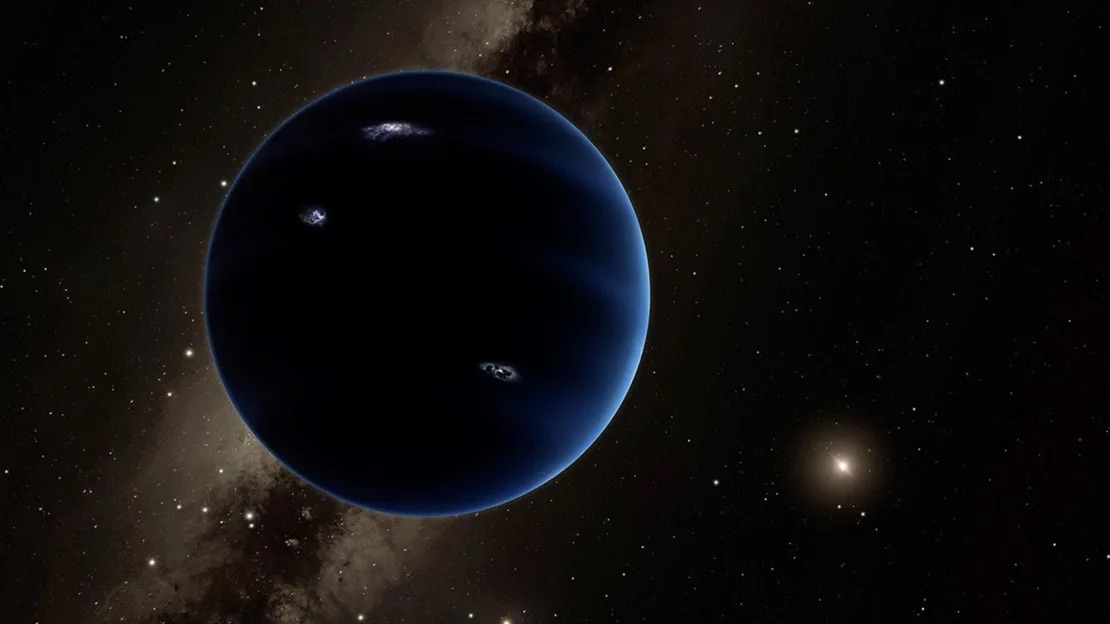PASADENA, USA – Astronomers’ hunt for Planet Nine, a hypothesised large, distant planet lurking in the Kuiper Belt beyond Neptune, has gained momentum as new evidence suggests the hidden celestial body may exist.
The search, led by Caltech astronomers Mike Brown and Konstantin Batygin, could finally be nearing a breakthrough as powerful telescopes and computational models probe the outer edges of the solar system.
The debate surrounding Planet Nine has stirred astronomers for decades, especially since Brown’s 2005 discovery of Eris, a small icy body that challenged Pluto’s status and led to its reclassification as a dwarf planet.
Now, Brown and Batygin, who have collaborated since 2014, are exploring the theory that an unseen massive planet, potentially five to seven times the size of Earth, is influencing the orbits of Kuiper Belt objects.
“If we find another planet, that is a really big deal,” said Malena Rice, assistant professor of astronomy at Yale University.
“It could completely reshape our understanding of the solar system and other planetary systems.”

Evidence Mounts, but Debate Remains Divisive
The latest studies by Batygin and Brown highlight strange orbital patterns in the Kuiper Belt. The orbits of several trans-Neptunian objects (TNOs) appear to cluster in ways that suggest gravitational influence from an unseen planet.
This pattern, identified by astronomers Scott Sheppard and Chadwick Trujillo in 2014, has inspired numerous investigations, with Brown and Batygin’s recent models suggesting the planet’s “super-Earth” size and an orbital period between 10,000 and 20,000 years.
“I never thought I would be talking about evidence for a trans-Neptunian planet, but I believe that unlike past times, in this case, we’re actually right,” Batygin said.
He described the alignment of distant TNOs as a “smoking gun,” suggesting it could be strong proof that Planet Nine is real.
However, this hypothesis is not universally accepted. Some researchers argue the clustering effect could be due to observational bias, as the faintness and distance of these objects make them difficult to track accurately.
“We have about roughly a dozen of these objects,” noted Renu Malhotra, professor of planetary sciences at the University of Arizona. “It’s up in the air.”
Sceptics also propose alternative explanations, including the presence of a primordial black hole or the influence of galactic tides.
But Batygin and his colleagues counter that no other model fits the observed data as effectively as Planet Nine.

New Telescopes Promise to Resolve the Mystery
The search may soon yield concrete results.
The Vera C. Rubin Observatory, scheduled to begin full operations in 2025, will survey the entire sky every few nights, providing a comprehensive view of the distant solar system and potentially revealing the elusive Planet Nine.
This next-generation telescope, with its large digital camera and powerful resolution, is expected to either confirm the existence of Planet Nine or put the theory to rest.
“The Rubin Observatory will find a ton more Kuiper Belt objects,” Batygin said. “Even if it doesn’t discover a single new object, it will be enough to confirm the Planet Nine hypothesis.”
Rice echoed this optimism, noting that the observatory’s capabilities could end the debate.
“Finding a super-Earth in our solar system would be incredible,” she said, as such a planet would provide a rare opportunity to study up close a type of planet commonly found in other star systems.

The Possibility of a ‘Kuiper Belt Planet’ or Even a Black Hole
Not all Planet Nine proponents agree on the planet’s nature.
Patryk Sofia Lykawka, professor at Japan’s Kindai University, hypothesised a smaller “super-Pluto” planet, one to three times Earth’s mass and with a highly inclined orbit.
Other astronomers have suggested the object could be a primordial black hole or that gravitational anomalies might be explained by modifications to the understanding of gravity itself.
Rice and other astronomers favour the “simplest” explanation that another planet exists, following the principle of Occam’s razor.
Still, the Rubin Observatory’s findings will be crucial in determining the actual cause of the anomalies observed in the Kuiper Belt.

A ‘Humbling’ Scientific Frontier
Despite decades of searching and theorising, the existence of Planet Nine remains speculative.
For Rice and other scientists, this search reflects the dynamism of scientific inquiry.
“Not even knowing the number of planets in our own solar system is very humbling,” Rice remarked.
“It’s a fun, emblematic example of the scientific process.”
If the observatory’s data confirms Planet Nine’s existence, it would mark a turning point in planetary science, adding a new chapter to the solar system’s history.
For now, the search continues as astronomers push the boundaries of human knowledge across the vast reaches of space.







